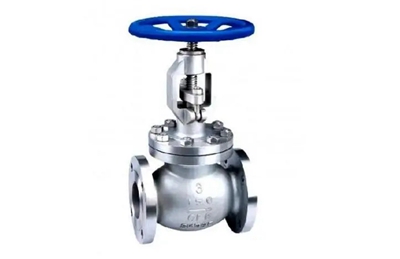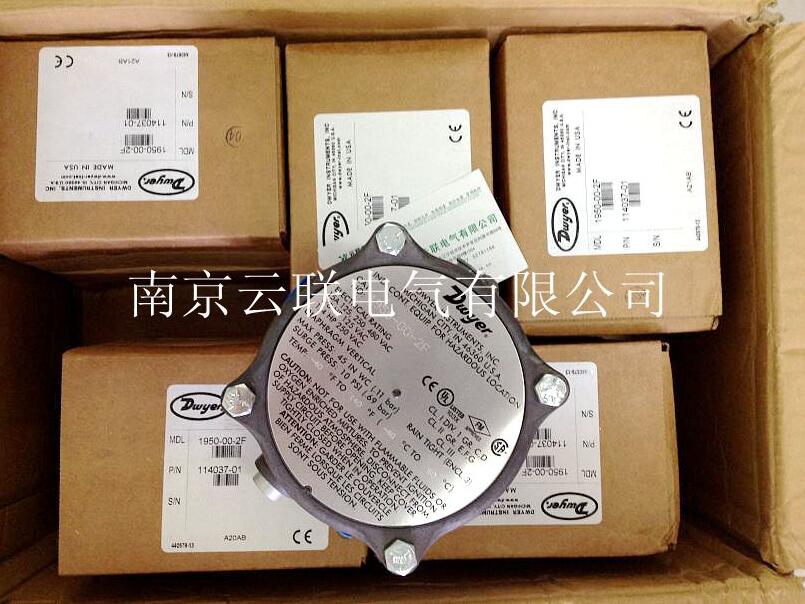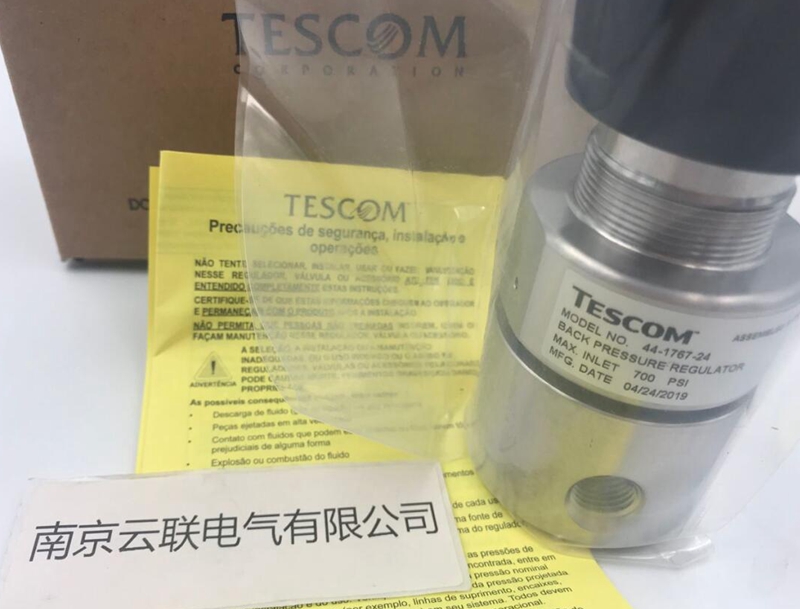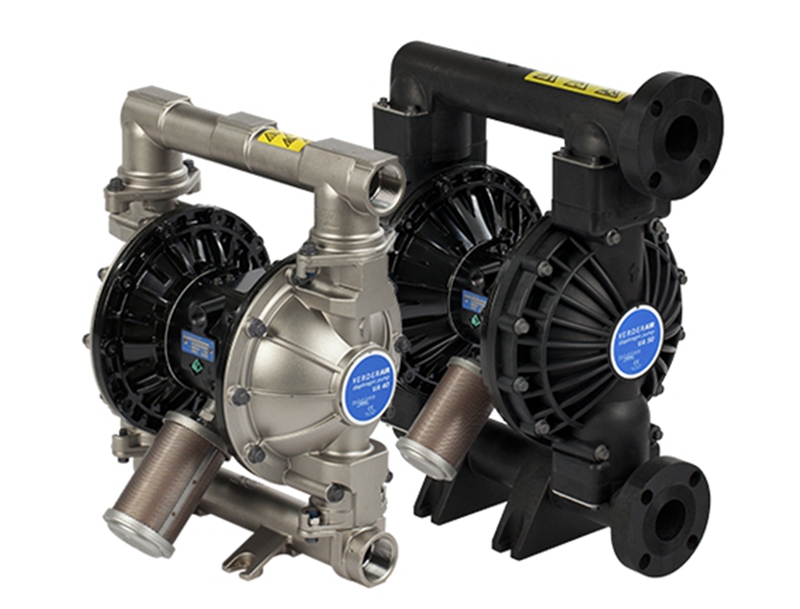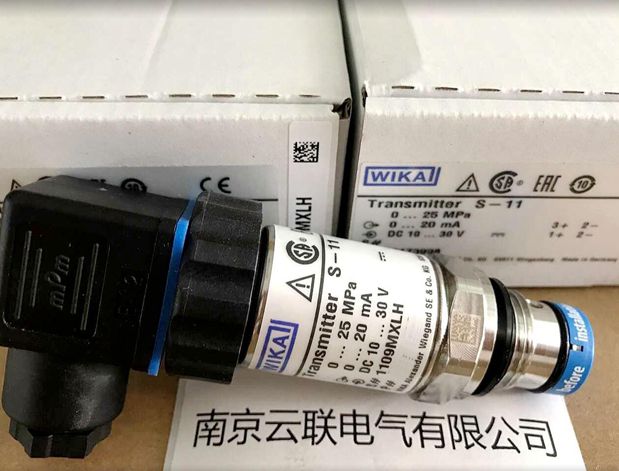详细介绍
工业阀门不作强度试验,但可以通过试压方法解决调试过程
通常情况下,工业阀门在使用时不作强度试验,但修补过后阀体和阀盖或腐蚀损伤的阀体和阀盖应作强度试验。对于安全阀,其定压和回座压力及其他试验应符合其说明书和有关规程的规定。阀门安装之前应在阀门液压测试台.上作阀门强度试验和阀门]密封试验。低压阀门]抽查20%,如不合格应100%的检查;中、高压阀门应100%的检查。阀门]试压常用的介质有水、油、空气、蒸汽、氮气等,各类工业阀门含气动阀门的试压方法如下:
1、截止阀和节流阀的试压方法
截止阀和节流阀的强度试验,通常将组装好的阀门门放在试压架中,打开阀瓣,注入介质至规定值,检查阀体和阀盖是否冒汗和渗漏。也可单件进行强度试验。密封性试验只做截止阀。试验时截止阀的阀杆成垂直状态,阀瓣开启,介质从阀瓣底下一端引入至规定值,检查填料和垫片处;待合格后关闭阀瓣,打开另一端检查是否有渗漏。如果阀门强度和密封性试验都要做时,可先做强度试验,然后降压至密封性试验规定值,检查填料和垫片处;再关闭阀瓣,打开出口端检查密封面是否渗漏。
2、闸阀的试压方法
闸阀的强度试验与截止阀一样。闸阀的密封性试验有两种方法。
①闸板开启,使阀内压力升至规定值;然后关闭闸板,立即取出闸阀,检查闸板两侧密封处有否渗漏或者直接往阀盖.上的堵头内注入试验介质至规定值,检查闸板两侧密封处。以上方法叫做中间试压。这种.方法不宜在公称通径DN32mm以下的闸阀做密封试验。
②另一种方法是将闸板开启,使阀门试验压力升至规定值;然后关闸板,打开-端盲板,检查密封面是否渗漏。再倒头,作以上重复试验至合格为止。气动闸阀填料和垫片处密封性试验应在闸板密封性试验之前进行。
3、球阀的试压方法.
气动球阀的强度试验应在ball valve球体半开状态下进行。
①浮动式球阀密封性试验:将阀处于半开状态,-端引入试验介质,另-端封闭;将球体转动几次,阀门处于关闭状态时打开封闭端检查,同时检查填料和垫片处密封性能,不得有渗漏现象。然后从另一端引入试验介质,重复上述试验。
②固定式球阀密封性试验:在试验前将球体空载转动几次,固定式球阀处于关闭状态,从一端引人试验介质至规定值;用压力表检查引入端密封性能,使用压力表精度0.5~1级,量程为试验压力的1.6倍。在规定时问内,没有降压现象为合格;再从另一端引入试验介质,重复上述试验。然后,将阀门处于半开状态,两端封闭,内腔充满介质,在试验压力下检查填料和垫片处,不得有渗漏。
③三通球阀应在各个位置上进行密封性试验。
4、旋塞阀的试压方法
➊旋塞阀进行强度试验时,介质从一端引入,封闭其余通路,将塞子依次旋转到全开的各工作位置进行试验,阀体未发现渗漏为合格。
Industrial valves do not undergo strength testing, but the debugging process can be solved through pressure testing methods
Normally, industrial valves are not subjected to strength testing during use, but after repair, the valve body and valve cover, or the valve body and valve cover with corrosion damage, should undergo strength testing. For safety valves, their constant pressure, reseating pressure, and other tests should comply with the instructions and relevant regulations. Before installing the valve, a valve strength test and a valve sealing test should be conducted on the valve hydraulic test bench. 20% of low-pressure valves shall be randomly inspected, and if they are found to be unqualified, 100% of them shall be inspected; Medium and high pressure valves should be 100% inspected. The commonly used media for pressure testing include water, oil, air, steam, nitrogen, etc. The pressure testing methods for various industrial valves, including pneumatic valves, are as follows:
1. Pressure testing methods for globe and throttle valves
The strength test of globe and throttle valves usually involves placing the assembled valve door in a pressure testing frame, opening the valve disc, injecting medium to the specified value, and checking whether the valve body and valve cover are sweating or leaking. Individual strength tests can also be conducted. The sealing test is only conducted on globe valves. During the experiment, the stem of the shut-off valve is in a vertical position, the valve disc is opened, and the medium is introduced from the bottom end of the valve disc to the specified value. Check the packing and gasket; After passing the inspection, close the valve disc and open the other end to check for any leakage. If both the strength and sealing tests of the valve need to be conducted, the strength test can be conducted first, and then the pressure can be reduced to the specified value of the sealing test, and the packing and gasket should be checked; Close the valve disc again and open the outlet end to check for leakage on the sealing surface.
2. Pressure testing method for gate valves
The strength test of gate valves is the same as that of globe valves. There are two methods for the sealing test of gate valves.
① Open the gate to raise the pressure inside the valve to the specified value; Then close the gate and immediately remove the gate valve. Check for any leakage at the sealing points on both sides of the gate or directly inject the test medium into the plug on the valve cover to the specified value. Check the sealing points on both sides of the gate. The above method is called intermediate pressure testing. This method is not suitable for conducting sealing tests on gate valves with a nominal diameter of DN32mm or less.
② Another method is to open the gate and raise the valve test pressure to the specified value; Then close the gate, open the blind plate at the end, and check if the sealing surface is leaking. Repeat the above test until it is qualified. The sealing test at the packing and gasket of the pneumatic gate valve should be conducted before the gate sealing test.
3. Pressure testing method for ball valves
The strength test of pneumatic ball valves should be conducted in the ball valve half open state.
① Floating ball valve sealing test: Place the valve in a semi open state, introduce the test medium at one end, and seal the other end; Rotate the ball several times and open the closed end for inspection when the valve is in the closed state. At the same time, check the sealing performance of the packing and gasket, and there should be no leakage. Then introduce the test medium from the other end and repeat the above experiment.
② Sealing test for fixed ball valve: Before the test, rotate the ball several times without load, keep the fixed ball valve closed, and introduce the test medium from one end to the specified value; Use a pressure gauge to check the sealing performance of the inlet end, with an accuracy of 0.5~1 level and a range of 1.6 times the test pressure. Within the specified time, if there is no pressure drop phenomenon, it is considered qualified; Introduce the test medium from the other end and repeat the above experiment. Then, place the valve in a semi open state, seal both ends, and fill the inner chamber with medium. Check the packing and gasket under test pressure to ensure there is no leakage.
③ Three way ball valves should undergo sealing tests at various positions.
4. Pressure testing method for plug valves
When conducting a strength test on a rotary plug valve, the medium is introduced from one end, the other channels are closed, and the plug is sequentially rotated to the fully open working positions for testing. If no leakage is found in the valve body, it is considered qualified.
